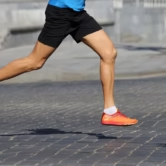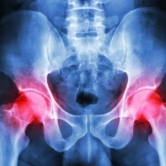Stretching is Extremely Important, Both Before AND After Workouts
Did You Know Stretching Both Before and After Workouts Could Help Decrease the Risk of Injury? Do you make time to go to the gym a few times per week? If so, you should commend yourself for your efforts. But at our physiotherapy clinic, we notice an interesting trend with…




